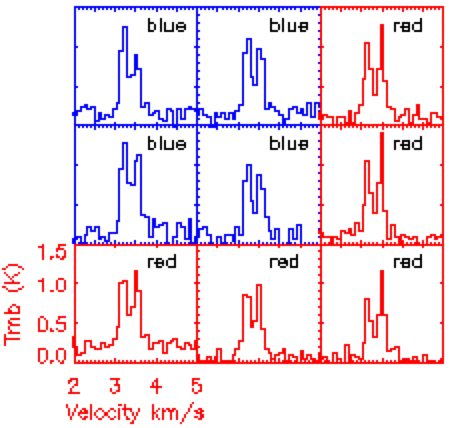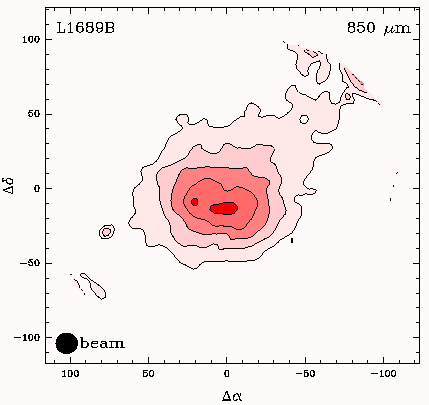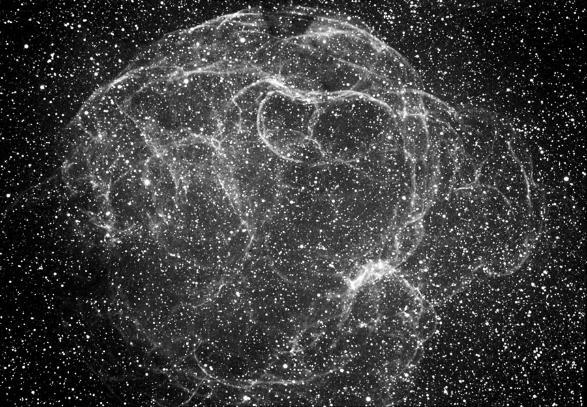-
Courses

Courses
Choosing a course is one of the most important decisions you'll ever make! View our courses and see what our students and lecturers have to say about the courses you are interested in at the links below.
-
University Life

University Life
Each year more than 4,000 choose University of Galway as their University of choice. Find out what life at University of Galway is all about here.
-
About University of Galway

About University of Galway
Since 1845, University of Galway has been sharing the highest quality teaching and research with Ireland and the world. Find out what makes our University so special – from our distinguished history to the latest news and campus developments.
-
Colleges & Schools

Colleges & Schools
University of Galway has earned international recognition as a research-led university with a commitment to top quality teaching across a range of key areas of expertise.
-
Research & Innovation

Research & Innovation
University of Galway’s vibrant research community take on some of the most pressing challenges of our times.
-
Business & Industry

Guiding Breakthrough Research at University of Galway
We explore and facilitate commercial opportunities for the research community at University of Galway, as well as facilitating industry partnership.
-
Alumni & Friends

Alumni & Friends
There are 128,000 University of Galway alumni worldwide. Stay connected to your alumni community! Join our social networks and update your details online.
-
Community Engagement

Community Engagement
At University of Galway, we believe that the best learning takes place when you apply what you learn in a real world context. That's why many of our courses include work placements or community projects.
Star Formation and Destruction
Introduction
Welcome to the NUI Galway Star Formation & Destruction research page
We use observational, theoretical and numerical techniques to observe and model the star formation process.
We also study star destruction processes through phenomena such as planetary nebulae and supernova remnants.
Members
- Dr Matt Redman (Academic staff, joined faculty 2004)
- Eamonn Harvey MSc (PhD Student, commenced 2013)
- Laura Boyle (PhD Student, commenced 2013)
- James Barrett (PhD student, commenced 2014)
- Nevenoe Guegan ("The radiative transfer of Nitric Oxide in star forming clouds", MSc 2015, PhD student, commenced 2015)
Some Past Members
- Dr Aonghus Mullins ("Star formation in extreme environments", PhD 2015)
- Dr Niall Clyne ("A Morpho-kinematic and spectroscopic study of bipolar planetary nebulae", PhD 2015)
- Dr Brandon D. Wiles ("A study of turbulence and infall over multiple scales of star formation", PhD 2014)
- Dr Tigran Khanzadyan (Science Foundation Ireland Postdoc 2006-2009) ADS Link
- Dr Robert Loughnane ("HCN hyperfine line anomalies in star-forming environments", PhD 2009)
- Dr Patrick Carolan ("Observations and radiative transfer models of molecular outflows from low and high mass star forming clouds", PhD 2009)
Joining the group
If you are interested in carrying out a PhD or as a postdoc in this area then please contact Dr. Matt Redman in the first instance.
We would be delighted to support postdoctoral applications under the Horizon 2020 Marie Curie individual fellowships and IRC programmes.
The Formation of Sun-Like Stars

How does star formation begin? The picture above shows a good place to start looking. These are nearby isolated clouds of molecular hydrogen. Tiny solid dust particles block the background starlight so that the clouds are only seen in silhouette against a distant star field. To look inside the cloud, we must use telescopes that operate at millimetre wavelengths, such as the James Clark Maxwell Telescope or the forthcoming Atacama Large Millimeter Array.
At these wavelengths the cloud glows from thermal emission from the dust particles and also when molecules like carbon monoxide emit radiation at fixed frequencies as they rotate. This helps keeps the cloud cold in a way that is a bit like a microwave oven in reverse (microwaves cause water molecules to spin rapidly and thus heat the food). Molecular clouds are also very dense compared to other gas clouds in the interstellar medium. We would like to understand how a cloud like Barnard 68 collapses under gravity to form a star.
Observing lines from molecules

Here is an image of Barnard 68 as seen in an emission line of carbon monoxide. We can also display this emission from a single point in the form of a line profile where the brightness of the emission is plotted against wavelength.
Because the clouds are so cold the width of the molecular emission lines would be very narrow if the gas is at rest. However, a cloud may be collapsing, rotating or expanding and the telescope beam captures different elements of the cloud along our line of sight. Because of the doppler effect, the line becomes broader and changes shape in a complicated way. Decoding the information in the line profiles is required to piece together how a star forming cloud is behaving.
We tackle this by carrying out numerical experiments on a computer using one of the best codes available for solving the problem of the transfer of radiation through a dense cloud such as this. The code is three dimensional which means we are not restricted to models with some overall symmetry. We recently looked at Barnard 68 with the JCMT and then modelled the results with the code and it turned out that the best way to explain the results is if the cloud is undergoing pulsating motions in the outer layers of the cloud - it is wobbling like a giant jelly! More information can be obtained from our publication available here.

Model line profiles next to data - Image Credit - Redman et al.
Observing Glowing Dust
Although star forming clouds are bitterly cold at temperatures as low as 10 degrees above absolute zero (Kelvin), this is still warmer than the famous cosmic microwave background that pervades the universe at 2.73 Kelvin. So the dust grains inside the clouds emit thermal radiation that allows us to map their internal distribution inside the cloud. As long as they are well mixed in with the gas, then these dust grains should trace the gas density distribution too.

Scuba map of inside of L1689B - Image Credit: Shirley et al 2000
AstroChemistry and Molecular Astrophysics
Hydrogen cyanide (HCN) is an easy species to observe in molecular clouds. It is quite abundant and due to its physical properties it turns out to be a useful tracer of some of the densest regions of star formation. It was a surprise to early researchers in the 1980s to find that the line spectrum of HCN observed towards typical star forming regions is radically different to that expected from the best models at the time.
We are researching a new method to model HCN's strange spectrum in order to determine what physical conditions trigger these effects. This will allow other researchers to know whether the HCN that they are observing is likely to be well-behaved or not and how to then go on to extract key physical parameters such as temperature and density from their data.
Radiative Transfer
We use a molecular line transfer code, MOLecular LIne Explorer (MOLLIE), developed originally by Eric R. Keto. MOLLIE has been written to solve the difficult problem of line radiation transport in cold dense molecular clouds. Typically, one has a mixed set of observational data from one or more molecular line transitions and from various positions across the cloud. One of many strengths of MOLLIE code is that it can model such a 'messy' observational system by directly loading the data into the code. Alternatively, it can be used for stand alone modelling work. See some examples in these papers: Observations and radiative transfer modelling of a massive dense cold core in G333, pre-print version at astro-ph.Star Destruction Processes - Supernova Remnants and Planetary Nebulae
All stars convert hydrogen to helium by nuclear fusion. Eventually there is no more hydrogen to convert in the core. What happens next depends on the mass of the star. A star like the sun will convert helium to carbon and oxygen and then form a planetary nebula.

Image of Planetary Nebula
A star more massive than 8 times the mass of the sun will eventually detonate in a supernova explosion. We study the remnants of these explosions as they expand and interact with the interstellar medium. Eventually some of the material from the explosion will go on to enrich the heavy elements of the next generation of stars. It turns out that planets are mostly found around stars that are rich in heavy elements.

Image of Supernova Remnant
A recent research project targeted the Honeycomb nebula, located at the edge of the Tarantula nebula, within the Large Magellanic Cloud. A supernova ejected material and created a set of ring structures. You can see the paper here or download the pre-print version at astro-ph















